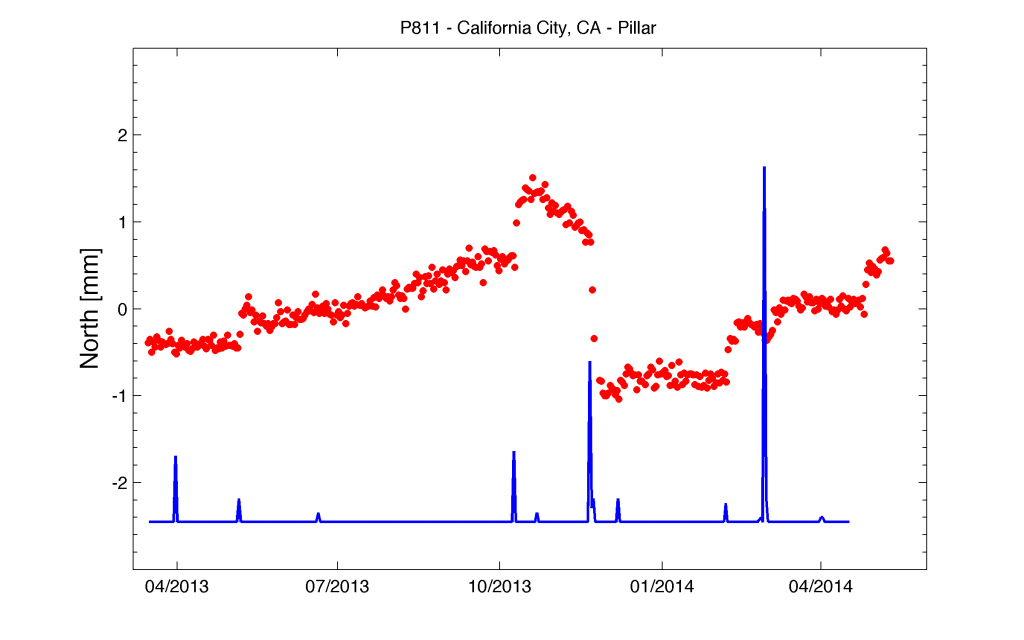Critical technologies used by all UNAVCO supported projects, such as GNSS receivers and antennas, data communications, and power systems are rapidly evolving. Meeting project requirements for optimal system design, performance, and financial constraints requires dedicated expertise and coordination with sponsors, community members, and hardware manufacturers. UNAVCO’s Development and Testing (D&T) staff provide analysis of power systems, data communications devices, and next-generation GNSS systems in order to evaluate new features and to examine system performance. In addition, D&T closely collaborates with the GDS on the ongoing development of teqc software to integrate new GNSS constellation capabilities.
As new GNSS constellations become operational and require next generation antenna/receiver systems that are orders of magnitude more complex than current models the D&T staff will continue providing updated analysis of their potential for scientific applications. Our community’s increased reliance on real-time and high-rate data requires frequent evaluation of new data communications systems for bandwidth, robustness, and latency. Expansion of polar services requires development of systems better able to withstand harsh environmental conditions with lower power draw in order to deliver uninterrupted data year-round. Recent large earthquakes in Japan and Chile made clear the need to ensure that GPS/GNSS systems function properly during strong shaking and have uninterrupted data communications.
UNAVCO community members who would like to request D&T project support are encouraged to Request Support.
Recent D&T Publications
Berglund, H. T., F. Blume, and A. Prantner (2015), Effects of earthquake ground motion on tracking characteristics of new Global Navigation Satellite System receivers. Geophys. Res. Lett., 42, 3282–3288. doi: 10.1002/2015GL063539.
Langbein, John, Evans, J.R., Blume, Fredrick, and Johanson, Ingrid, 2014, Response of Global Navigation Satellite System receivers to known shaking between 0.2 and 20 Hertz: U.S. Geological Survey Open-File Report 2013-1308, 28 p., http://dx.doi.org/10.3133/ofr20131308.
Wang, G., F. Blume, C. Meertens, P. Ibanez, and M. Schulze (2012), Performance of high-rate kinematic GPS during strong shaking: Observations from shake-table tests and the 2010 Chile earthquake, J. Geod. Sci., 2, 15–30.
Monumentation Stability Experiment

Home
- Permanent Station Support
- Last updated: 6 May 2022
